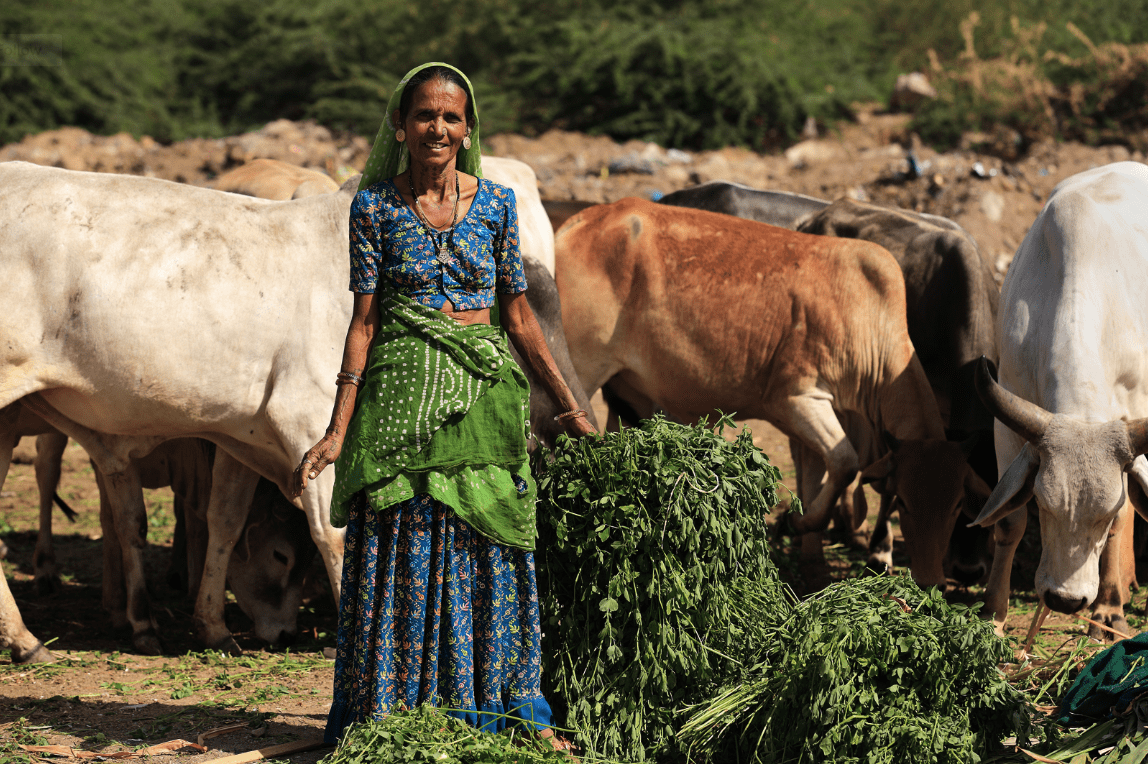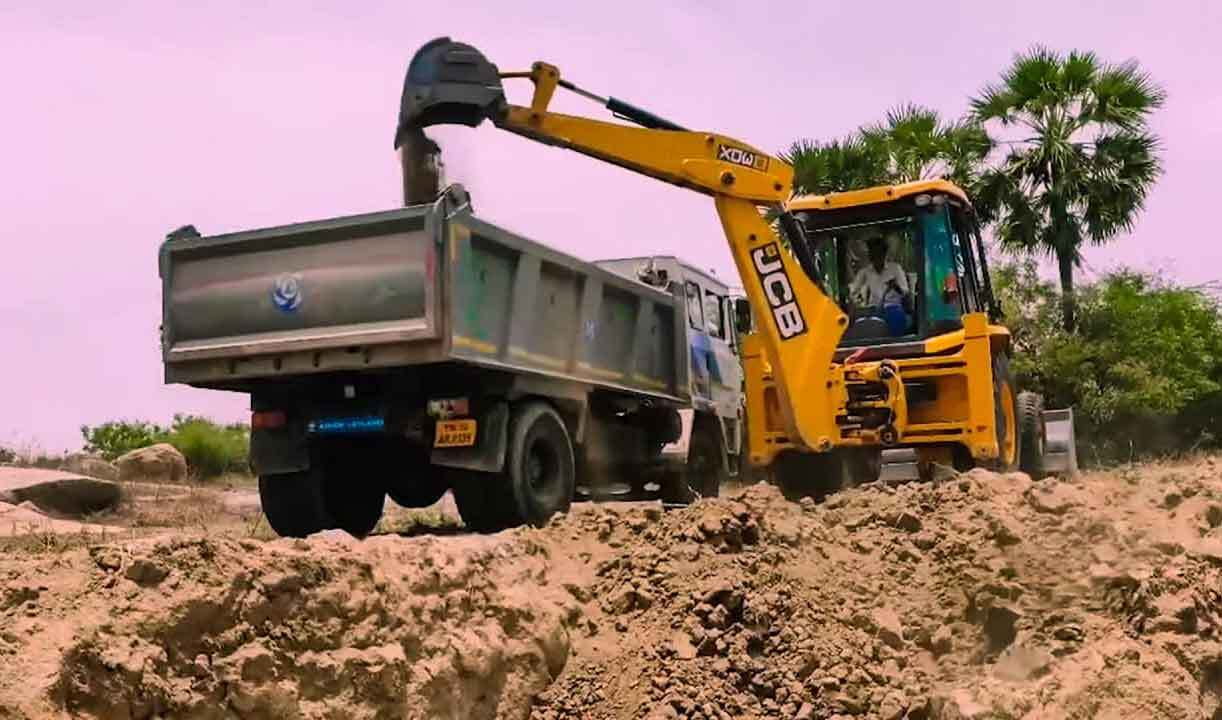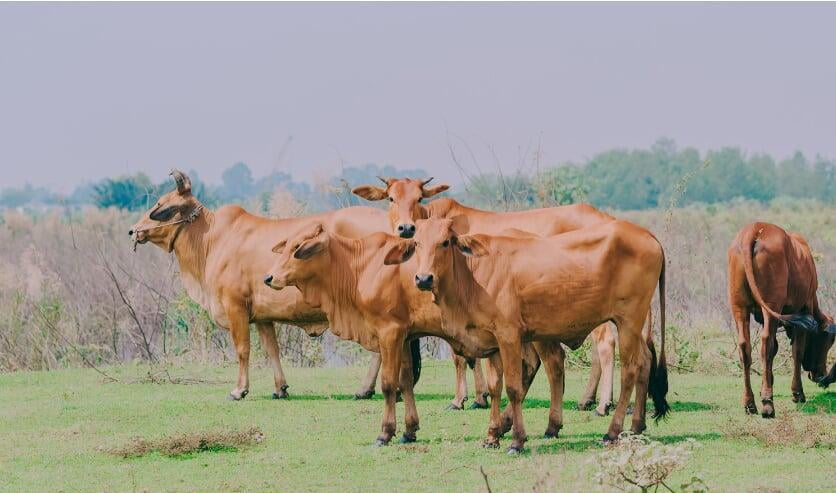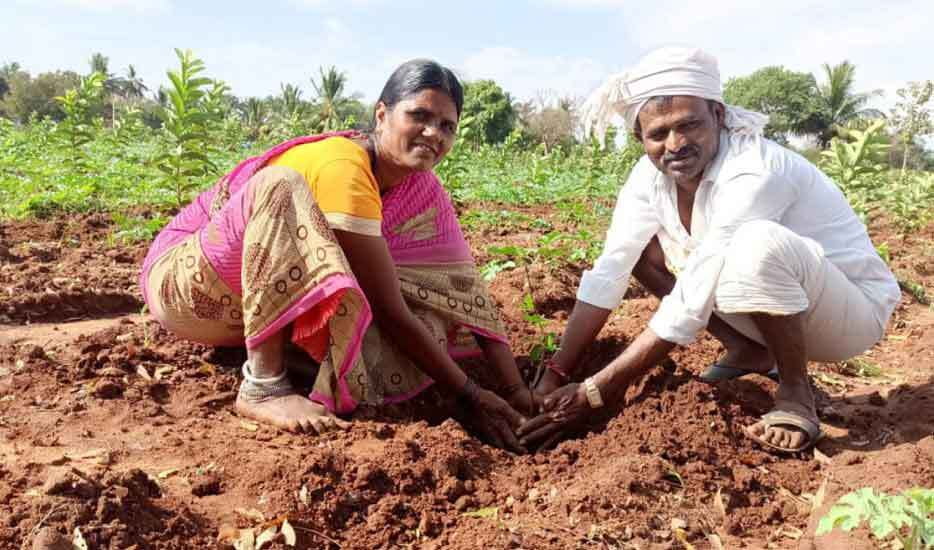Eco-restoration of Commons
Graam Gochar Samvardhan

Our Project
Bhalbamora Graam Panchayat
Block - Kurwai (Pathari)
District - Vidisha
Madhya Pradesh, India 464337
Demography
Population - 3000+
Household - 750+
Commons
750+ acres
20 acres of waterbody

The Work

A. Water conservation
Desilting of lakes, ponds, and nalas.
- Water storage capacity and groundwater recharge
- Removed silt as fertilizer input
B. Grassland development
Plotting, cleaning, fencing, sowing, maintenance
- Reduction of input cost & fodder security for cattle
- Health & breed improvement for livestock


3. Indigenous tree plantation
Nursery, plantation, fencing, maintenance
- Additional income layer for farmers
- Ecological balance in times of climate change
